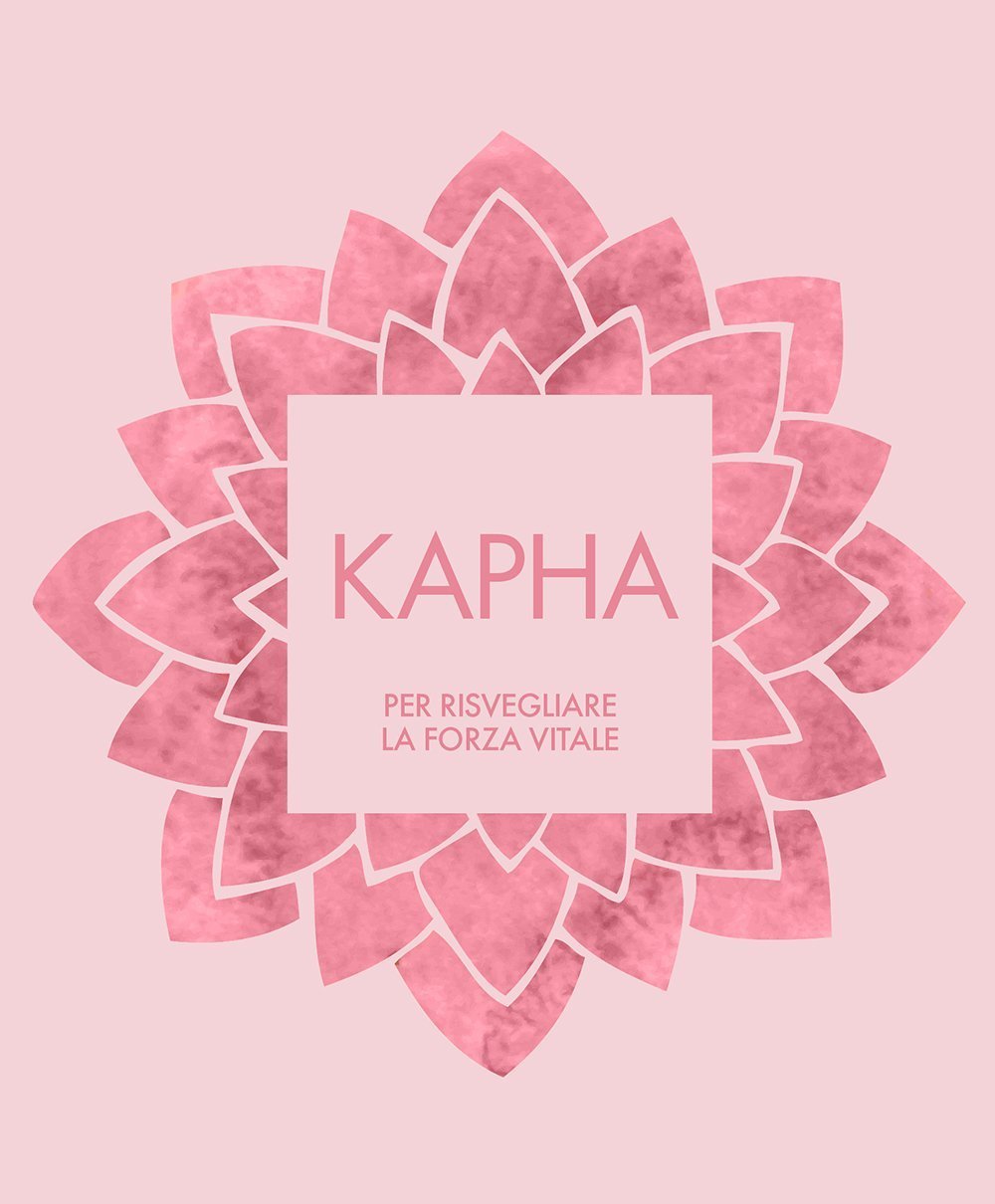
KAPHA
Music tracks in digital format
- In stock, ready for shipment
- In arrears, shipping shortly
- Carbon Neutral Shipping in 24/48 hours
- 100% Natural Products
- Secure payments with Card/PayPal
Double bass, cello
Very low percussion that brings Kapha to activity, stimulates it.
"It is the most adaptable with high-low sounds, but the mid-low ones are more in its nature."
Very solid rhythmic cadences.
Very solid pentatonic scale, with only five tones; always a complete scale: in the raga, wherever one stops, it does not create harmonic or melodic suspension; it is very catchy, it is the oldest scale, widely used in Eastern music.
Hansadhwani – very open, spacious scale; round melodies and very soft sounds
Bilaval – after rhythm and melody and drum beats that stimulate, there is a very meditative part with three very wide notes and an ungraspable rhythm, in which one can get lost, so much so that one might fall asleep.
Idea otto – Elephant walk – bhupali pentatonic scale. Central part played with only three notes; 1st, 2nd, 3rd degrees of the scale that evoke the first 3 grounding chakras, the area of the body from which energy flows. For Kapha, it stimulates. very warm and deep sounds. Drums. Plucked double bass provides rhythmic cadence.
"Sounds like oil, surface of calm water, with surface tension, sounds in peaceful and slow movement, with precision, structure, security, but slow movement full of strength like a river."
THE TRACKS ARE MP3 FILES (NO CD will be sent)
The whole record has round sounds. Music is not just a matter of melodies and chords, it's a matter of sounds. Some sounds are so rich that even with a single note, you can listen to the sound for hours and hours.
Shantam has conducted thorough sound research, even in the studio, on frequencies. There are some waves that need to be stimulated and not others. A single sound can completely shift a person's energy. In sound, there is the soul of the one who plays. The same instrument played by two people produces completely different sounds, or even by the same person at different times.
The selection of the raga is made by Paolo Avanzo. He has chosen three Raga for each Dosha.
Research on Raga is complex because traditionally musical information was "secret"; only now is there beginning to be openness and dissemination of this precious knowledge.
"Over time, one begins to recognize what leads towards one Dosha or another."
The same Raga in two different contexts, or due to a different state of mind of the musician, changes.
Shantam has tried to create sounds that accompany people into a state of relaxation:
"round sounds, not scratching; the sound waves are specifically chosen and shaped to give softness, to permeate, to enter into people."
Like a very deep massage, even if slow.
Tuning of the instruments:
'The A in France in the nineteenth century was used at 435 Hz; in the nineteenth century, there was a proposal from Rome to raise it to 450 hertz. Verdi proposed 432 hertz as the ideal tuning, because at 432 Hz, peaceful, natural mathematical harmonics develop; however, it was established as a general convention to use 440 Hz.'
Playing the same piece with the two tunings, one can feel that 432 hertz is warmer, more intimate, more natural, more enveloping.
In previous years, Shantam felt something out of tune, shrill, in the 440 hertz intonation, while with 432 hertz that sensation disappears; therefore, the records are recorded at 432 hertz so that those who listen to them will perceive music that is even more balancing.
Raga Timings / Dosha Timings
The intervals of the Raga: every three hours
The intervals of the Dosha: every four hours
There are overlaps.
So it is very complex and not easy to read in this key.
Music V images of space and air
Music P images fire and movement
Music K images land hills water[:]



